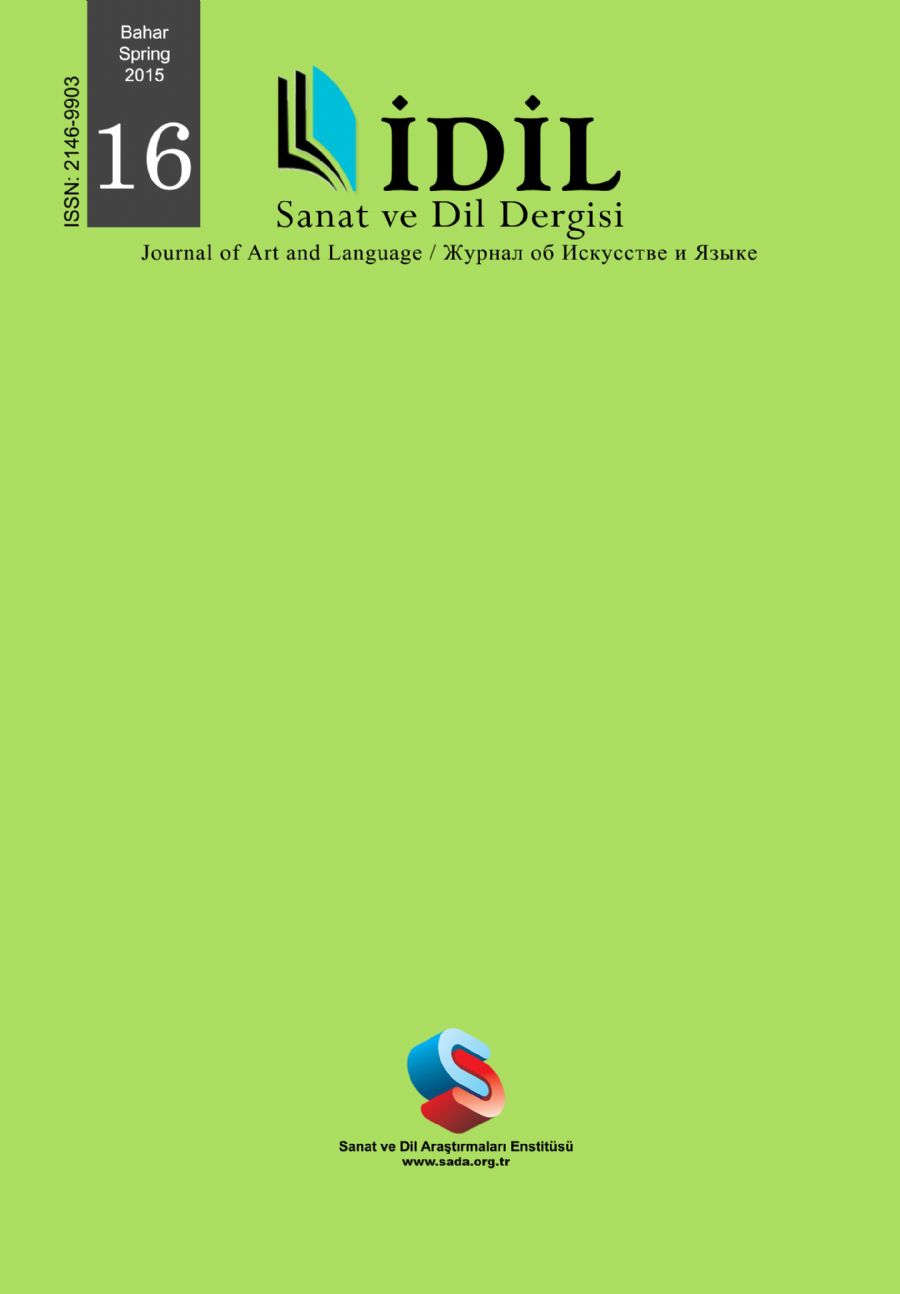KUZEY AVRUPA RESMİNDE “ET KARKASI” İMGESİ
“HANGING CARCASS” IMAGE IN NORTHERN EUROPEAN PAINTING
Author(s): Semih ÖzkanSubject(s): Christian Theology and Religion, Visual Arts, 16th Century, 17th Century
Published by: Sanat ve Dil Araştırmaları Enstitüsü
Keywords: hanging carcass; Northern European painting; sacrifice; Old Testament; New Testament;
Summary/Abstract: “Hanging Carcass” or “Slayed Ox” is a symbolic image which appears especially in Northern European Painting. In an iconographic examination of the image, many of whose examples appear in Old Testament and Hebrew Myths, it is understood that its roots date back to earlier times. In Christian Art the same theme continues and this animal sacrifice image transforms to visual symbol of Jesus Christ, who sacrificed himself as an atonement for the sins of mankind. Since shape of the execution of Jesus Christ is Crucifiction, it’s been observed that, in time, a symbolic visual identity has developed between Cross and Hanging Carcass of Slayed Ox. While hanging carcass was just a component of visual composition in the examples of Christian religious paintings until 16th century, the image has become the essential theme of some paintings since the 17th century. This paper examines various visual expressions of this symbolic religious image in art throughout history.
Journal: İdil Sanat ve Dil Dergisi
- Issue Year: 4/2015
- Issue No: 16
- Page Range: 39-56
- Page Count: 18
- Language: Turkish

